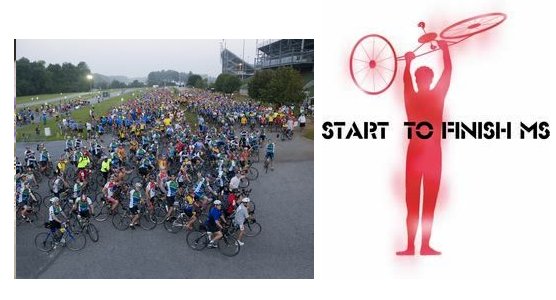
Guam News – Guam News
Guam – A government-wide response has been ongoing on the food poisoning incident. The Emergency Operations Center (EOC) has since been activated and several agencies are involved in the coordinated response from the EOC.
Officials have been vigilant at the five school sites and are assessing the condition of students reporting sickness and determining whether students should be transported to the hospital, treated on site or dismissed. Parents at work are encouraged to call home and check with their children to ensure they are not exhibiting symptoms of sickness.Department of Education officials are working now to determine whether classes will resume tomorrow at these five schools.The Public is urged to be vigilant against food poisoning/diarrhoeal illnessesThe public is advised to observe good food and personal hygiene practices at all times when preparing and consuming food. The following are some simple steps to reduce the occurrence of food poisoningFood Poisoning Overview
Food poisoning is a common, usually mild, but sometimes deadly illness. Typical symptoms include nausea, vomiting, abdominal cramping, and diarrhea that occur suddenly (within 48 hours) after consuming a contaminated food or drink. Depending on the contaminant, fever and chills, bloody stools, dehydration, and nervous system damage may follow. these symptoms may affect one person or a group of people who ate the same thing (called an outbreak)
Food Poisoning Treatment -Self-Care at Home
*Short episodes of vomiting and small amounts of diarrhea lasting less than 24 hours can usually be cared for at home.
*Do not eat solid food while nauseous or vomiting but drink plenty of fluids.
*Small, frequent sips of clear liquids (those you can see through) are the best way to stay hydrated.
*Avoid alcoholic, caffeinated, or sugary drinks. Over-the-counter rehydration products made for children such as Pedialyte and Rehydralyte are expensive but good to use if available.
*Sports drinks such as Gatorade and Powerade are fine for adults if they are diluted with water because at full strength they contain too much sugar, which can worsen diarrhea.
*Home remedies for nausea or diarrhea such as tea with lemon and ginger can be used for relief from symptoms. There are no proven herbal food poisoning cures. Consult a health care practitioner before taking any natural food poisoning remedies.
*After successfully tolerating fluids, eating should begin slowly, when nausea and vomiting have stopped. Plain foods that are easy on the stomach should be started in small amounts. Initially consider eating rice, wheat, breads, potatoes, low-sugar cereals, lean meats, and chicken (not fried). Milk can be given safely, although some people may experience additional stomach upset due to lactose intolerance.
*Most food poisonings do not require the use of over-the-counter medicines to stop diarrhea, but they are generally safe if used as directed. It is not recommended that these medications be given to children. If there is a question or concern, always check with a doctor.When to Seek Medical Care
*Contact your doctor if any of the following situations occur:-Nausea, vomiting, or diarrhea lasts for more than two days.-The ill person is a child younger than three years of age.-The abdominal symptoms are associated with a low-grade fever.-Symptoms begin after recent foreign travel.-Other family members or friends who ate the same thing are also sick.-The ill person cannot keep any liquids down.-The ill person does not improve within two days even though they are drinking large amounts of fluids.-The ill person has a disease or illness that weakens their immune system (for example, HIV/AIDS, cancer and undergoing chemotherapy, kidney disease).-The ill person cannot take their normal prescribed medications because of vomiting.-The ill person has any nervous system symptoms such as slurred speech, muscle weakness, double vision, or difficulty swallowing.-The ill person is pregnant.Go to the nearest hospital’s emergency department if any of the following situations occur:
-The ill person passes out or collapse, become dizzy, lightheaded, or have problems with vision.-A fever higher than 101 F (38.3 C) occurs with the abdominal symptoms.-Sharp or cramping pains do not go away after 10-15 minutes.-The ill person’s stomach or abdomen swells.-The skin and/or eyes turn yellow.-The ill person is vomiting blood or having bloody bowel movements.-The ill person stops urinating, have decreased urination, or have urine that is dark in color.-The ill person develops problems with breathing, speaking, or swallowing.-One or more joints swell or a rash breaks out on the ill person’s skin.-The ill person or caretaker considers the situation to be an emergency
< Prev next >